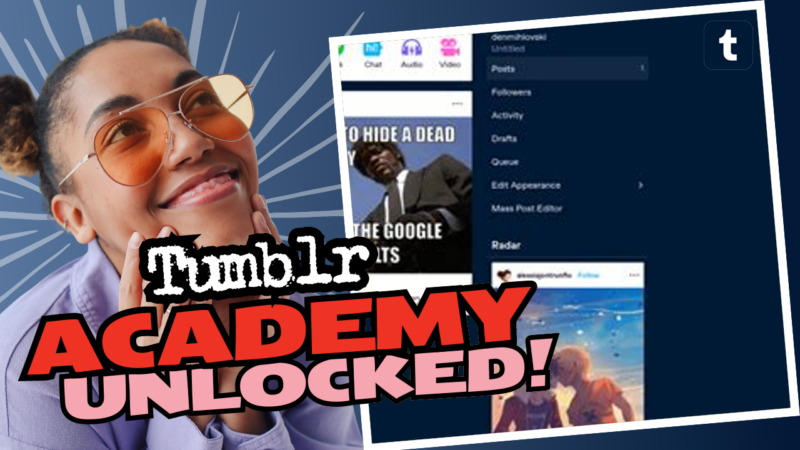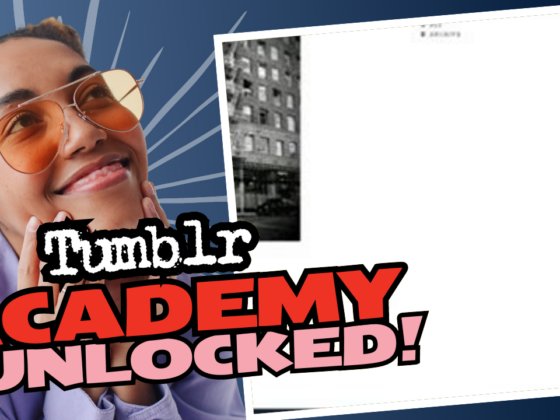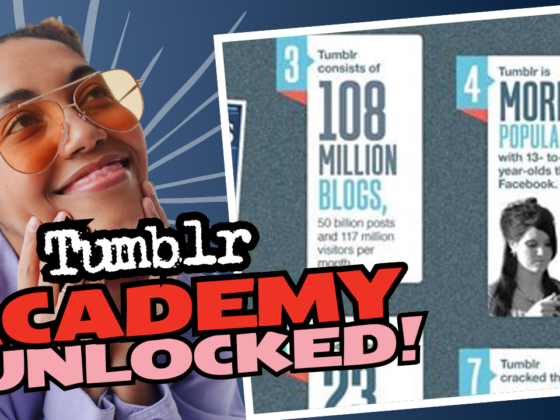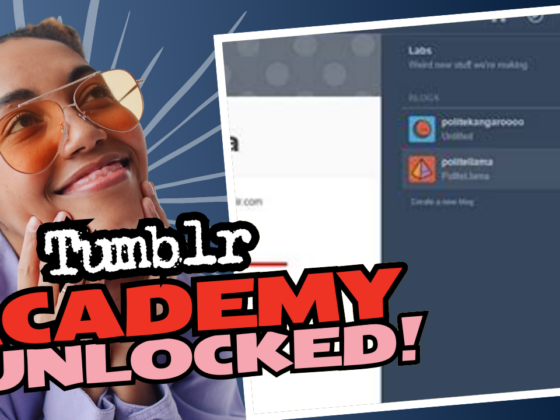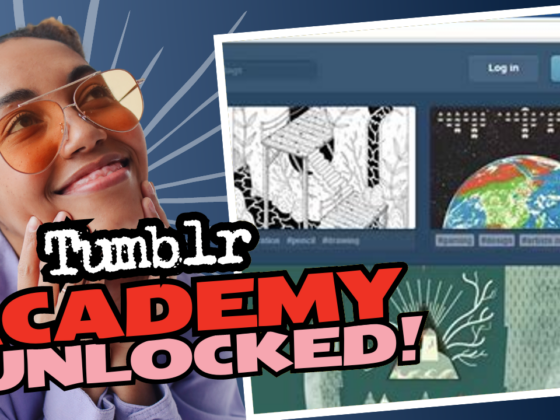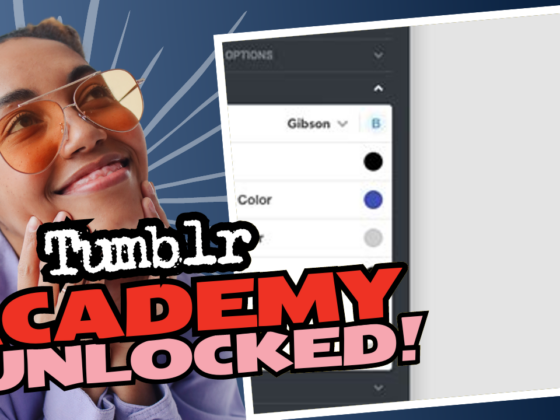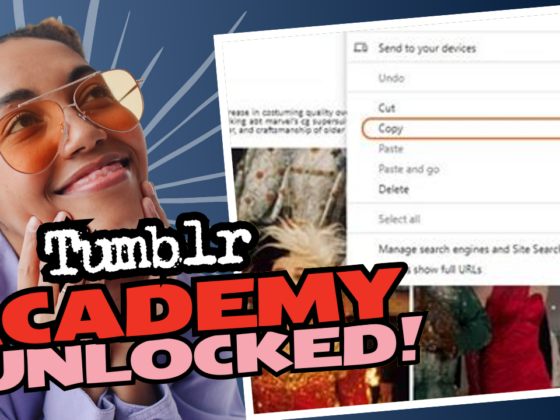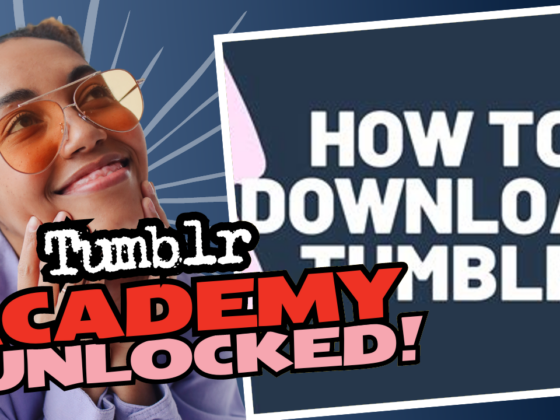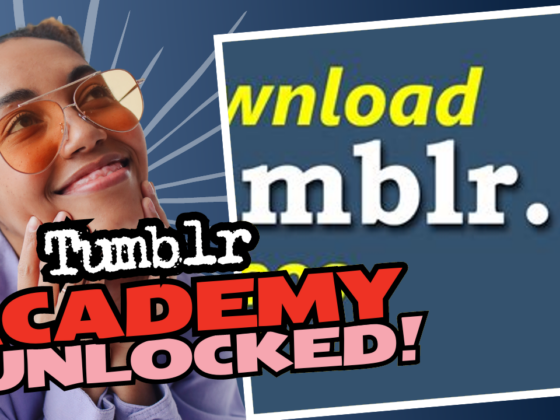Making Tumblr Your Website: The Fun, the Challenges, and Cross-Promotion
So, you’ve decided to dive into the vast, pixelated ocean that is Tumblr. Welcome aboard! You’re about to embark on a journey filled with creativity, hashtags, and a smattering of chaotic memes. But before we frolic in the fields of GIFs and reinvigorate those dusty old blogs, let’s chat about the pros and cons of making Tumblr your go-to website. Spoiler alert: it’s not all glitter and rainbows.
The Good: User-Friendly Interface
First off, let’s give kudos where kudos are due. Tumblr is as user-friendly as your grandma’s secret cookie recipe. Setting up a blog? Easy-peasy! You can squeeze your thoughts, art, and musings into posts quicker than you can say “I need another coffee.” With a few clicks, you can personalize your blog and even edit that HTML theme to fit your unique style. Fancy some flair? You’ve got it! Just dive into the editing pool and splash around with HTML/CSS to your heart’s content!
The Bad: Rankings and Traffic Woes
However, surfing the Tumblr wave might not guarantee you an audience. Getting a Tumblr blog to rank on Google? Now there’s the rub. You see, Google is like that tough teacher who only gives candy to students who follow the rigid rules—while Tumblr feels more like the eccentric art teacher who encourages chaotic doodling. Though that chaos is fun, and oh-so-vibrant, it’s not always the ticket to the online visibility party you might hope for. When competing with established platforms, the reality is that Tumblr’s distribution is as hit-or-miss as a game of roulette.
What’s Up with the Vibe?
Now, let’s talk about the lovely folks over on Tumblr. The Tumblr “vibe” is largely driven by visually striking content. If you’re the kind of blogger who enjoys writing lengthy pieces about your latest philosophical ramblings, you might end up feeling like a fish out of water—or worse, a lonely sock in the dryer. The platform thrives on images, GIFs, and short snippets of text, often resembling a mood board more than a blog. But don’t fret! If you can package your content to suit the visual nature of the site, you might just snag some eyeballs.
Cross-Promotion: The Ultimate Power Move
Here’s the thing—cross-promotion can be your secret weapon. Think of your website as the glamorous celebrity and Tumbr as the quirky sidekick. It’s all about leveraging your main site while directing traffic to your Tumblr and possibly even Medium, LinkedIn, or your neighbor’s blog if you’re feeling generous. By using your primary website as a hub, you can pull in curious Tumblr users with captivating snippets linked back to your content. It’s like sending them an invitation to your literary fiesta—who wouldn’t want to swing by?
Stability and Future Uncertainty: Proceed with Caution!
Okay, let’s drop some truth bombs: while Tumblr is fun, it’s also a bit unstable. Imagine being at a party where the host might just suddenly go “party’s over” and pitch everyone out. In this world, Tumblr could suddenly decide to ban your blog or change its policies at a moment’s notice, leaving you with a digital ghost town and a lot of awkwardness. So, consider whether you want your blog legacy swirling around in Tumblr’s unpredictable winds.
Other Platforms: Traditional Blogging is Still Cool
Now, if you’re looking to create a blog that lasts, I’d recommend peeking over at Blogger or—dare I say—WordPress! These platforms cater to actual blogging with robust capabilities. WordPress is infinitely adaptable and offers decent stats (a must for those who love numbers almost as much as cat memes). You can turn comments off, manage the design, and dig into analytics. Furthermore, it gives you a bit more peace of mind than Tumblr when it comes to getting the content spotlight. Want to go all-in on customization? WordPress can handle that!
Learning the Ropes: HTML and CSS Skills
If you’re keen on customizing your Tumblr blog yet feel like coding is akin to deciphering ancient hieroglyphs, I’m here to throw you a lifebuoy. Script-wrangling is not as intimidating as it looks. Grab yourself a handy-dandy coding resource, like Codecademy, which offers straightforward lessons in HTML and CSS. You’ll be able to switch your theme, rearrange sections, and add personalized touches without breaking a sweat—or breaking the blog.
Cracking the Code: Inspect Element FTW!
When you start playing around with themes, I’d recommend getting familiar with the ‘Inspect Element’ feature in browsers like Firefox or Chrome. It’s like having a magical window into your blog’s coding! Want to see what color that obnoxious font style is? Go forth! Want to swap out colors for a rebel galactic look? Have at it! Just remember not to take any of what you see for granted—sure, it’s fun to play around, but the moment you think you’ve mastered the art of Tumblr coding is the moment the Fates laugh, and all your changes disappear like poof!
The Final Verdict: Is Tumblr Worth Your Time?
So, is Tumblr your website dream come true? Well, maybe! It can be a great creative outlet for those who appreciate visuals and spontaneity. But if you’re looking for stability, organic traffic, and serious business capabilities, it might be better to head over to platforms like WordPress or Blogger. Think of it like dating— some relationships are fabulous, vibrant, and chaotic (hey there, Tumblr), while others have the solid foundation you know you can build on (hello, WordPress!).
Ultimately, whichever path you choose, go forth, create, and conquer the vastness of the internet. Let your unique voice shine, even if it means occasionally battling with code and wrestling with social media chatters. Happy blogging!
“Remember, success is like a fine wine—it takes time. But with the right settings, every sip gets better!”

